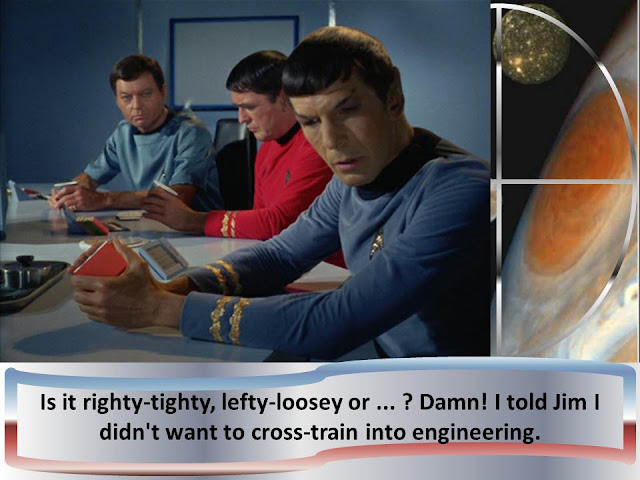
Loose / passive table strategy.
There will usually be a gap between the hands that opponents are willing to limp and those that they will call a raise with.
passive opponents are more likely to call raises than re-raise you – so the first point is to tread carefully when you are called. possible to limp with more hands that have high implied odds value such as small pairs and suited connectors. These types of hands play well in multi-way pots.
After you flop a monster hand be careful not to blow your passive opponents out of the pot with big raises. Unless the board is particularly draw-heavy you should instead pick a bet size (see bet sizing) that is likely to be called – building the pot gradually so as to be paid the maximum.
The main problem with playing at passive tables is that it is slightly harder to build big pots.
Playing premium pairs at a passive table should usually involve raising to thin the field. Too small a raise can easily induce several of your loose opponents to enter the pot behind you with speculative holdings.
The ideal strategy to win at a loose / passive table is to become tight and aggressive – yet limp in with those hands with high implied-odds value as the situation warrants.
Loose / Aggressive table strategy.
The only time you will be able to play small pairs or suited connector type hands is when you in position. Most hands should be folded in early position, because is too much danger of a raise and a re-raise behind you.
Bet your premium hands big. You should be looking to get a large amount of money into the pot before the flop, preferably against a single opponent. With a Loose Aggressive table, 4 or more players looking for the flop, you need to play small ball. If your Loose Aggressive player has possition on you, expect a raise or re-raise, so start with a small ball bet. The higher chance of a re-raise (or even a 4th raise all-in) makes playing these hands positively a profitable move.
http://www.thepokerbank.com/strategy/general/loose-table/
Learn to be aggressive
"I kept getting bet out of the pot!"
I'd have what I thought was a very strong hand, not the absolute nuts, but a good hand, maybe the best hand. I'd make my bet accordingly, say $35 to $50 in a $75 pot, and then someone would raise me to $150 or $200 and I'd fold.
I didn't really know it, but I was what you'd call "scared money". I had trouble risking $150-$200 on a hand that was not the absolute nuts.
Scared money does not win poker chips. I decided right then and there, that if I'm going to play Cash Poker, I absolutely have to be prepared to risk the bet on a single hand or single card. Over time this small change in attitude, my mindset, made all the difference. I soon found my opponents folding to my re-raises. I was winning bigger pots, my plays earned more respect,
Cash Poker takes a different mindset than Tournament Poker, and I finally figured out what it was for me. If I bust my daily Poker bankroll, I'll just go earn some more.
Article Source: http://EzineArticles.com/6008016
I NEVER BLUFF
















